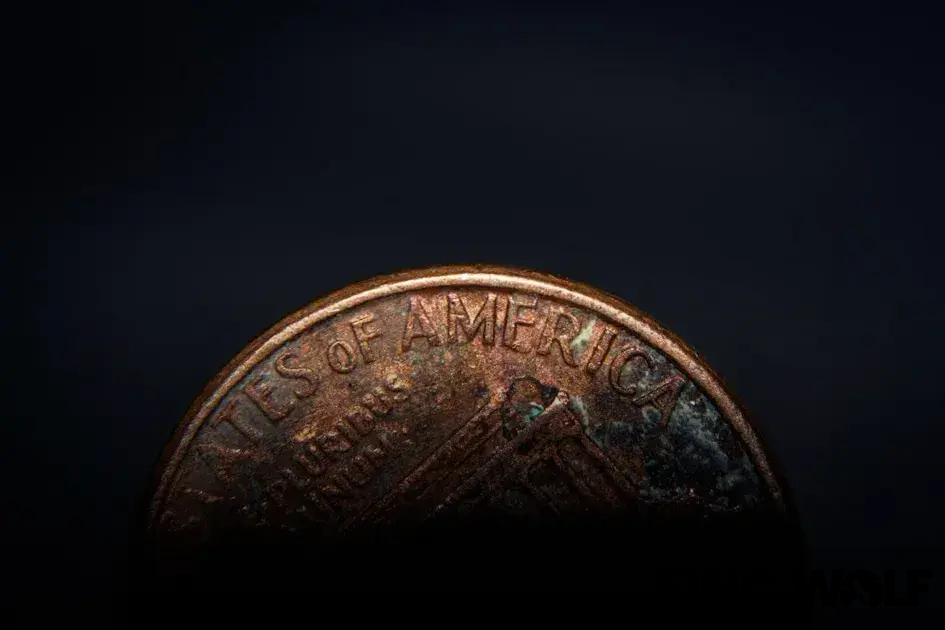The future of the U.S. Dollar is a hot topic, captivating economists and investors alike. As global economic dynamics shift, many are left wondering whether the dollar will continue its reign as the world’s reserve currency or face significant decline. Factors influencing the U.S. Dollar’s future range from domestic economic policies to international trade relations. Understanding the historical context and current trends is crucial for anyone invested in the future of global finance.
Factors Influencing the U.S. Dollar’s Future
Factors Shaping the Value of the U.S. Dollar
The U.S. Dollar’s future is influenced by a multitude of factors that interact in complex ways. Monetary Policy is one of the foremost elements. Decisions made by the Federal Reserve regarding interest rates can lead to significant changes in the dollar’s value. When interest rates are increased, the dollar tends to strengthen as higher yields attract investors looking for better returns.
Economic Indicators such as inflation rates, employment levels, and GDP growth also have substantial impacts. A burgeoning economy will often attract foreign investment, increasing demand for the dollar. Conversely, economic instability or recession can reduce its appeal.
Moreover, Trade Balances play a crucial role. When the U.S. imports more than it exports, it may lead to dollar depreciation because foreign currencies are needed to purchase U.S. goods. Additionally, Political Stability and global events, such as elections or geopolitical tensions, can affect confidence in the dollar, swaying its value either positively or negatively.
Lastly, the Role of Other Currencies, such as the Euro, Yuan, and Yen, further complicates matters. If these currencies grow in strength or economic influence, the dollar might face challenges in maintaining its dominance in international markets.
Historical Context and Current Trends

To understand the current trends surrounding the U.S. dollar, it is crucial to delve into its historical context. Examining past events helps to shed light on why the dollar holds such a pivotal role in global finance today. Historically, the U.S. dollar became the world’s primary reserve currency following the Bretton Woods Agreement in 1944. This positioned the dollar at a central place in global trade and finance.
Throughout the 20th century, the dollar’s dominance was reinforced by various financial policies and geopolitical strategies. For example, the stability of the U.S. political system and vast natural resources bolstered international trust in the currency. In the 1970s, the shift from the gold standard to a fiat currency was a landmark change that affected how the dollar was viewed worldwide.
In modern times, several current trends are impacting the dollar’s status.
Globalization
has resulted in more interconnected economies, where fluctuations in one can significantly influence the others. Economies such as China and the European Union are becoming more influential, and their currencies are also gaining traction in international markets. Additionally, technological advancements in the financial sector, such as digital currencies and blockchain, are presenting new challenges and opportunities for the dollar.
Overall, the historical strength of the U.S. dollar is being continually tested by emerging global economic trends, necessitating a keen understanding of its past to predict future shifts. As nations strive for economic growth and stability, the dollar’s role may either evolve or face challenges, depending on how these factors play out in the coming years.
The Role of Global Economies
The global economies play a significant role in shaping the future of the U.S. dollar. Countries with strong economic ties to the United States, such as the European Union, China, and Japan, can influence the dollar’s value through trade balances, foreign exchange reserves, and geopolitical events. Economic policy changes in these nations might cause fluctuations in the dollar’s strength, affecting international business and trade relationships.
Impact of Trade Relationships
The dynamics of trade agreements, tariffs, and import-export balances among major global economies can also affect the dollar. For instance, a trade surplus with the United States could lead to an appreciation of the foreign currency, thereby impacting the U.S. dollar’s value. In contrast, trade deficits might weaken the foreign currencies, indirectly benefiting the dollar.
Market Confidence
Global confidence in the U.S. economy and its ability to maintain growth plays a crucial role in the dollar’s valuation. If global markets perceive instability or foresee economic downturns in the U.S., it could lead to a decline in the dollar. Alternatively, robust economic performance can bolster the dollar’s appeal as a safe investment.
Understanding the interconnectedness of global economies offers insights into the complex mechanisms that drive the U.S. dollar’s strength or decline. By monitoring global economic indicators, such as GDP growth rates, political stability, and fiscal policies, investors and policymakers can better anticipate potential impacts on the dollar.
Predictions and Financial Implications

The future of the U.S. dollar is often a topic of speculation and analysis among economists and investors alike. Understanding potential predictions and their financial implications is crucial for making informed decisions. Various factors could lead to shifts in the dollar’s strength or decline.
Expert Predictions
Numerous experts have forecasted differing trajectories for the U.S. dollar. Some predict a decline due to increasing national debt and inflation. Others foresee a strengthening dollar fueled by strong economic recovery and increased interest rates. Such predictions have significant implications for both domestic and international markets.
Implications on Global Trade
A stronger dollar might benefit American consumers with cheaper imports but could also make U.S. exports less competitive. Conversely, a weaker dollar might spark inflation yet boost U.S. competitivity abroad. These dynamics can influence global trade relationships profoundly.
Investment Strategies
Investors are keenly aware of the potential impacts on portfolios. A rising dollar value might prompt moves toward foreign investments and commodities, while a weakening currency could shift focus to domestic assets and gold. Understanding these trends can lead to strategic shifts in investment practices.
Impact on Economic Policies
Fluctuations in the dollar’s value may also prompt changes in financial policies both in the U.S. and worldwide. Countries might adjust monetary policies to counteract these effects, influencing interest rates and economic growth strategies globally.




